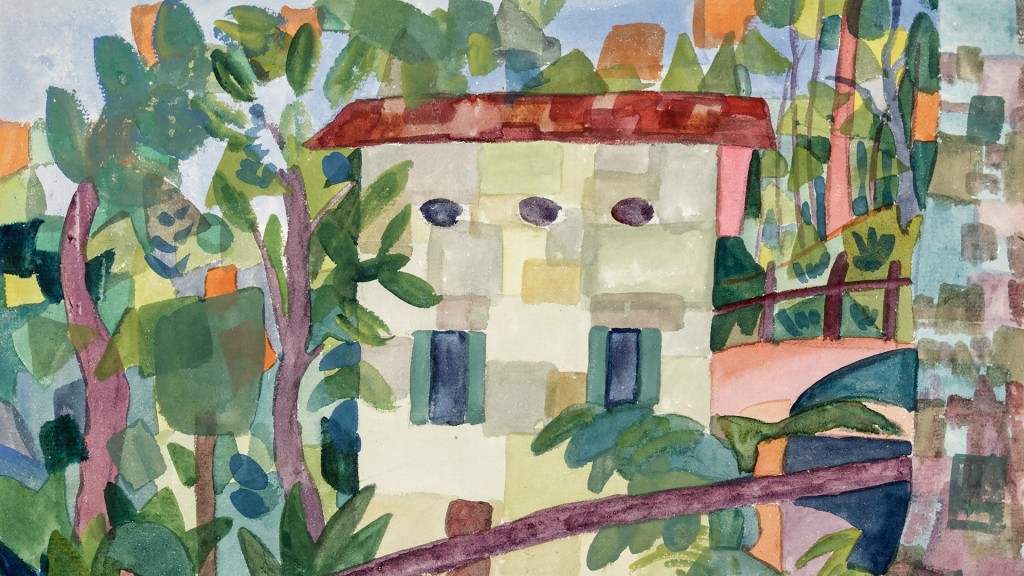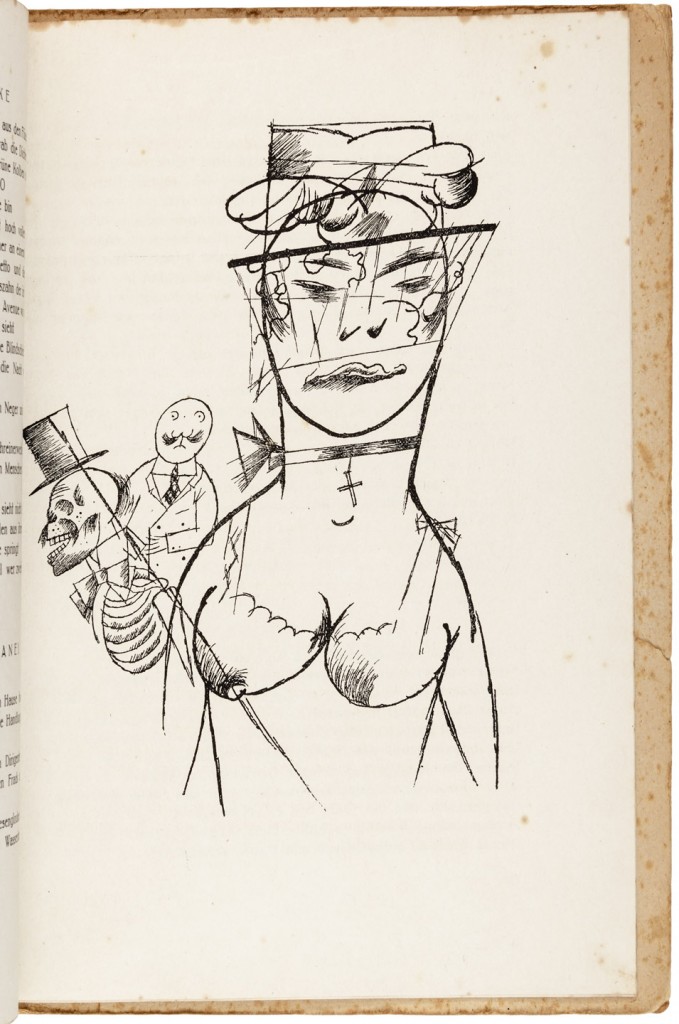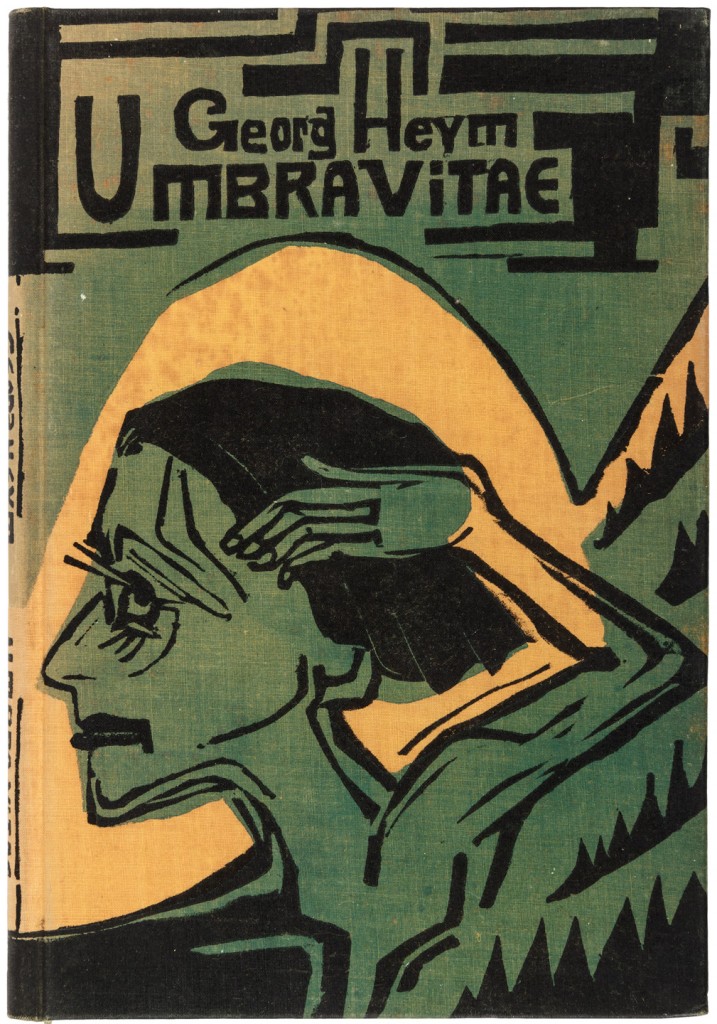Hermann Hesse became a popular and influential voice during his lifetime mainly in the German-speaking world. It wasn’t until after his death in the mid-1960s that readers in the United States discovered his works. The theme of an individual’s search for self-knowledge and spirituality explored in his novels, Siddhartha, Steppenwolf and The Glass Bead Game resonated with members of the 1960s counterculture movement. Hesse is less well-known for his career as a painter.
Hesse began painting in his 40s at the urging of his psychoanalyst to describe his dreams in visual form. Although he experimented with a variety of painting techniques, he developed a preference for watercolors. It is estimated he painted over 3,000 watercolors during his lifetime. Many of his paintings depict the captivating landscape of Montagnola in the Italian speaking canton of Ticino in Switzerland where he settled in 1917. He wrote, “I have shown my appreciation to the old houses and stone roofs, the garden wall, the chestnut trees, the near and far away mountains, by painting, using hundreds of good sheets of drawing paper, many tubes of water paints, and drawing pencils.” His style displays characteristics of Expressionism, Fauvism and Cubism.
George Grosz was often considered one of the most important artists of the Neue Sachlichkeit or New Objectivity German art movement. Born Georg Groß, he changed his name to George Grosz as a protest against German nationalism and enthusiasm for the US developed from his reading of James Fenimore Cooper and Bret Harte. Grosz captured the resignation and cynicism of the Weimar Republic with his caustic caricatures. His crude pen and ink drawings of businessmen, soldiers and prostitutes created the image of Berlin during the 1920s. Immigrating to the US in 1932, he turned to conventional painting of nudes and landscapes which never achieved the success of his Berlin years.
German painter and printmaker Wilhelm Heinrich Otto Dix also was recognized for his harshly realistic depictions of the brutalities of war and post-World War I society. His work was often graphic and drew attention to the bleaker side of life including prostitution, violence, old age, death and the ravages of war. His 1923 painting The Trench showed dismembered and decomposing bodies of soldiers was destroyed by the Nazis. His crowning achievement from this period was a portfolio of etchings entitled Der Krieg with its stark depictions of WWI and life in the trenches representing his traumatic experiences in the war.
Ernst Ludwig Kirchner, along with Fritz Bieyl and Erich Heckel, founded Die Brücke (The Bridge), the German expressionist group. The aim of the group was to form a bridge between the past and present by finding a new mode of artistic expression. This was the foundation of Expressionism in 20th century art. As with other German artists of the time, his work was labeled as degenerate by the Nazis and much of it was destroyed. His 47 original woodcuts illustrating Georg Heym’s Umbra Vitae depict the dark side of life, a recurrent theme in the poetry. Living in Switzerland since the end of WWI, Kirchner took his own life when he was convinced German was going to invade Switzerland.


